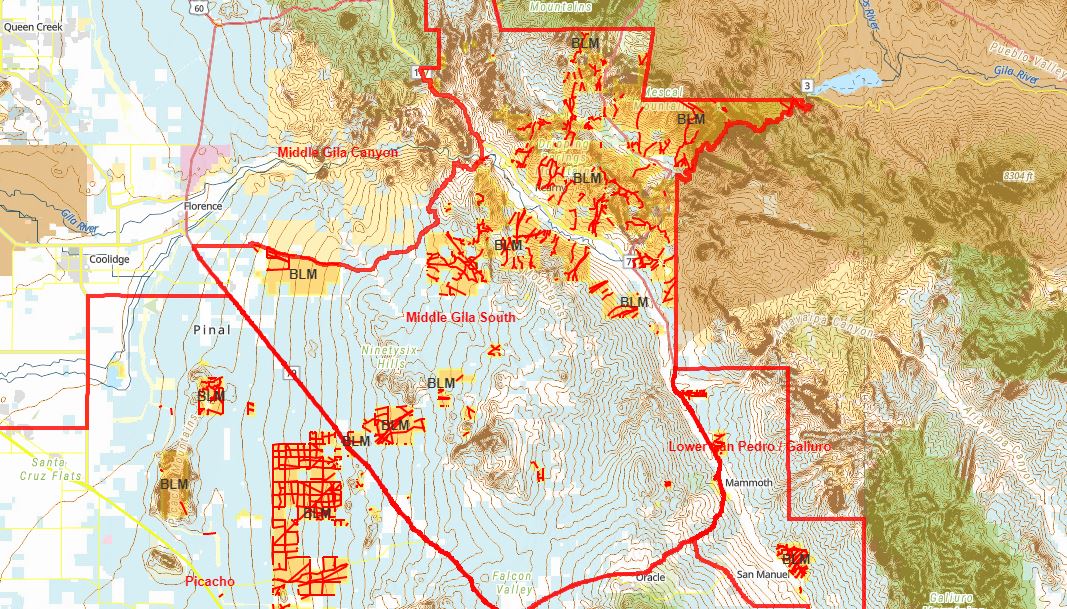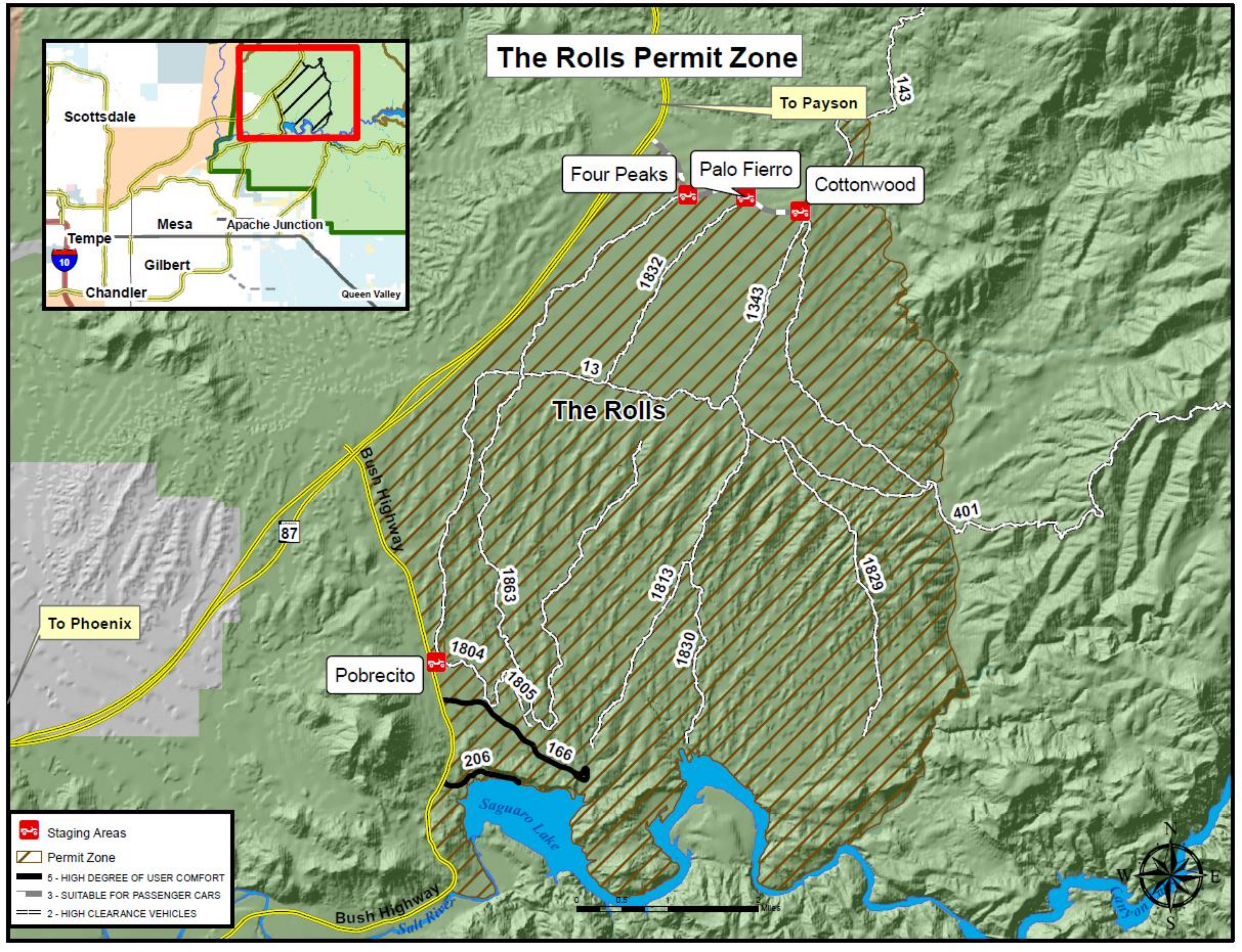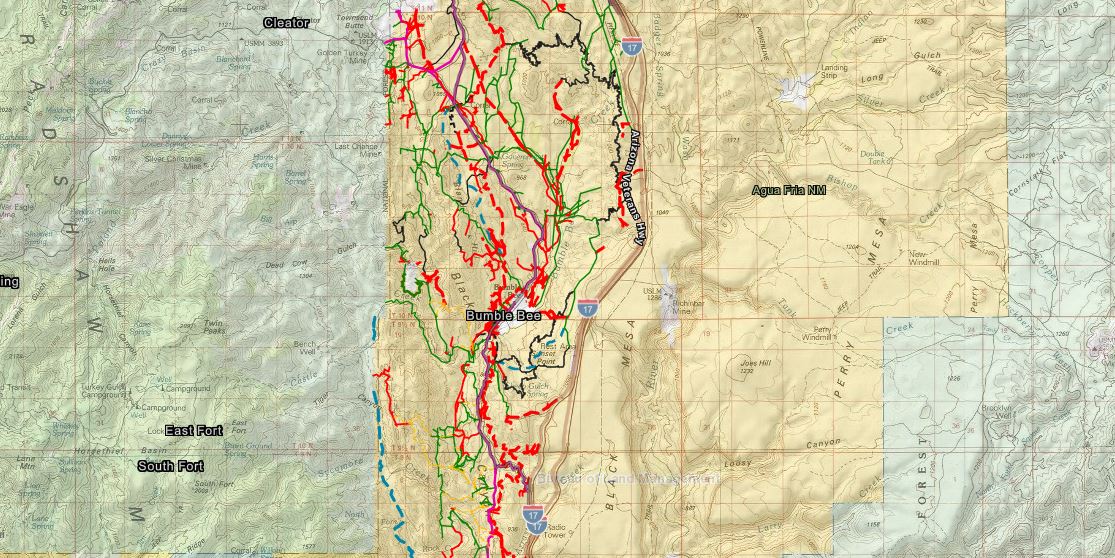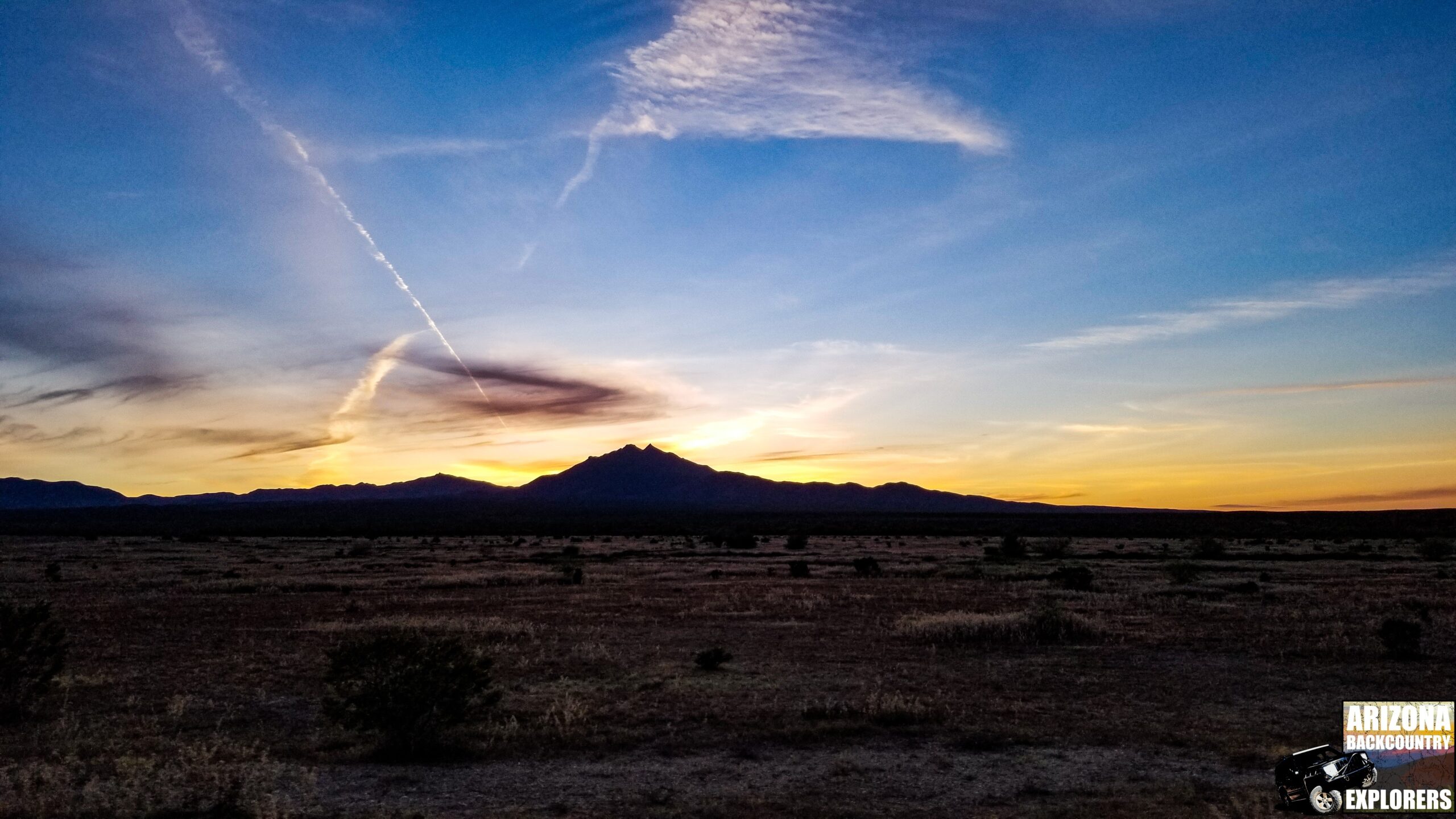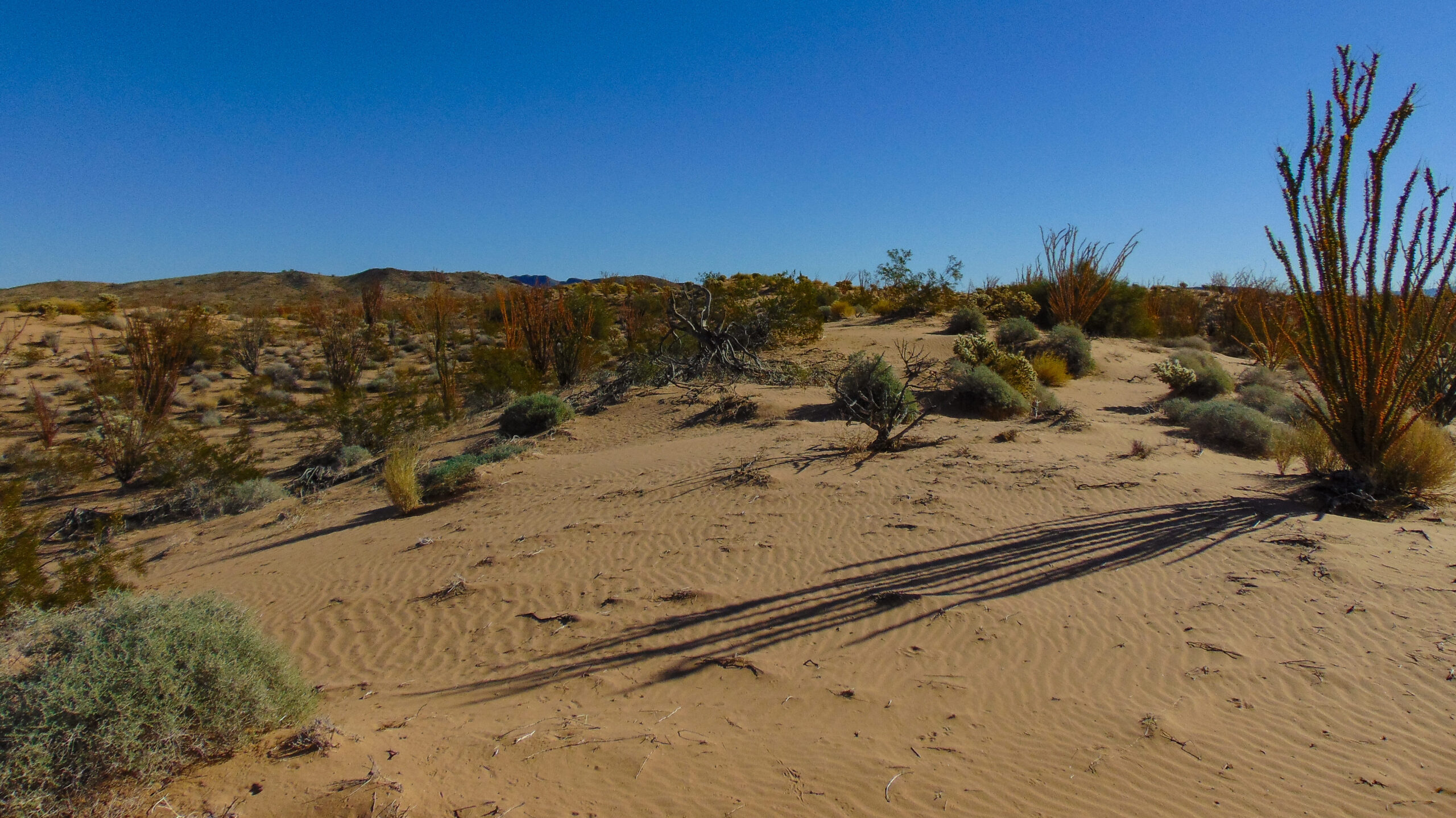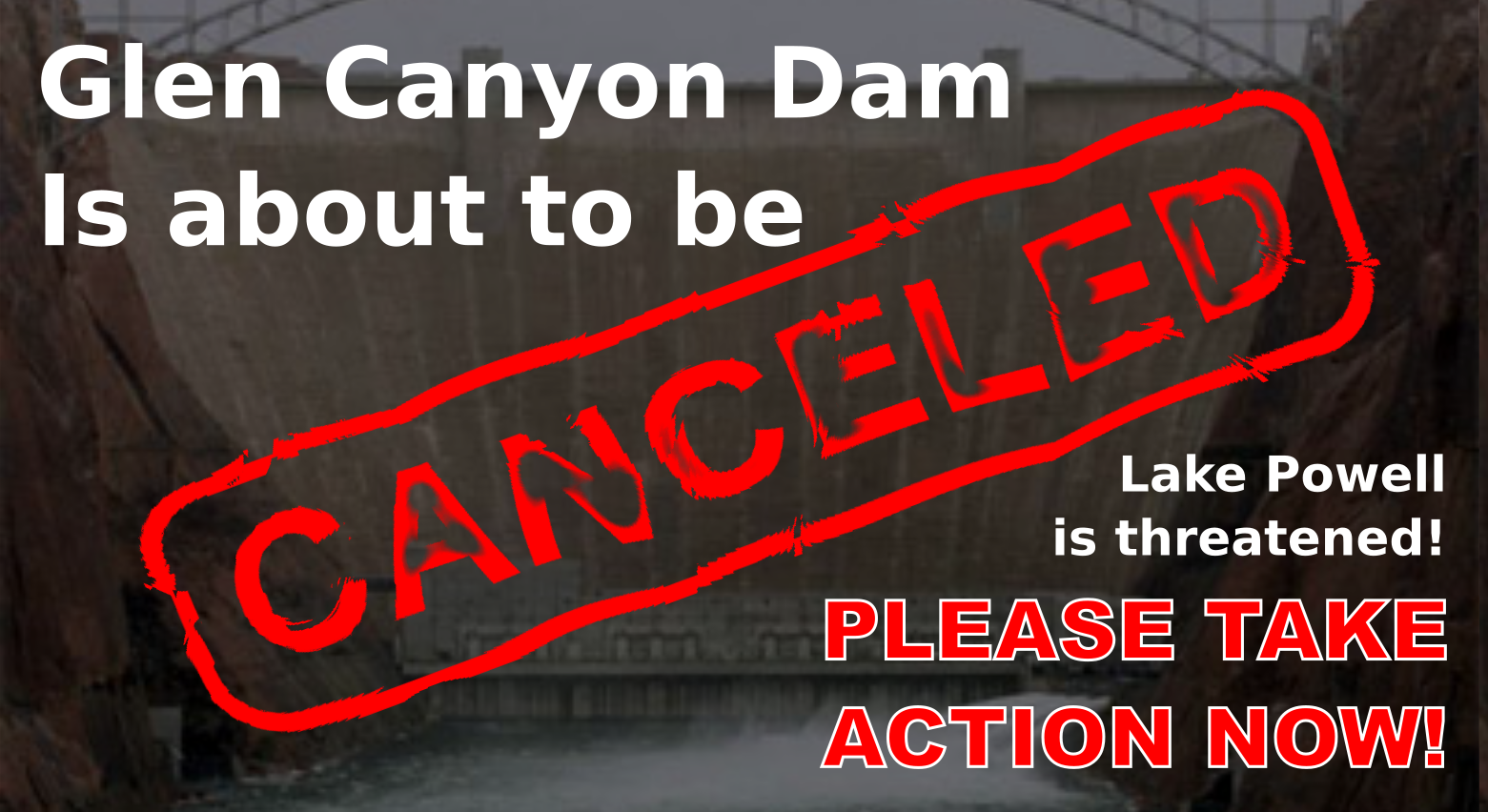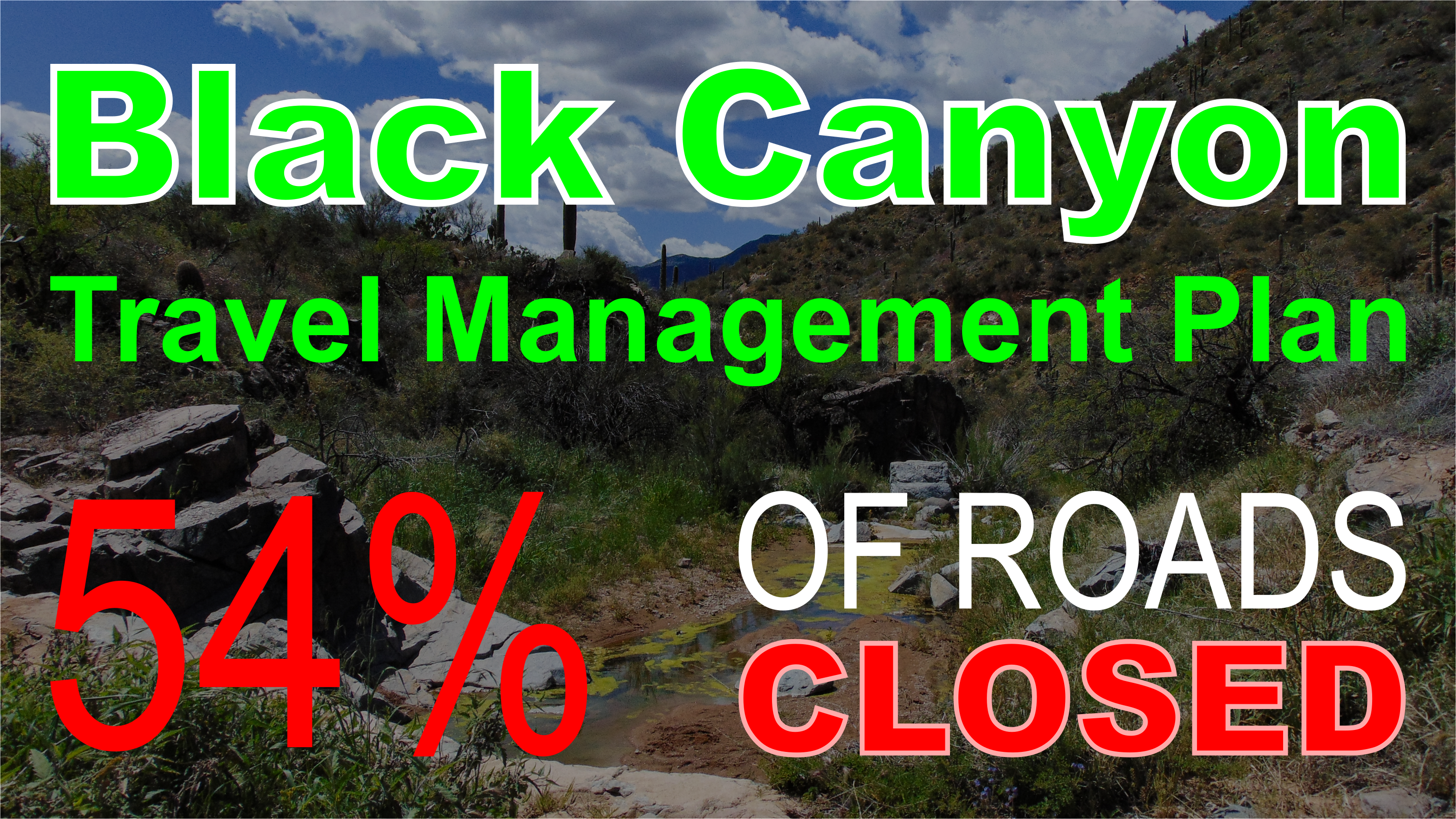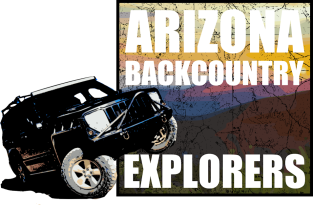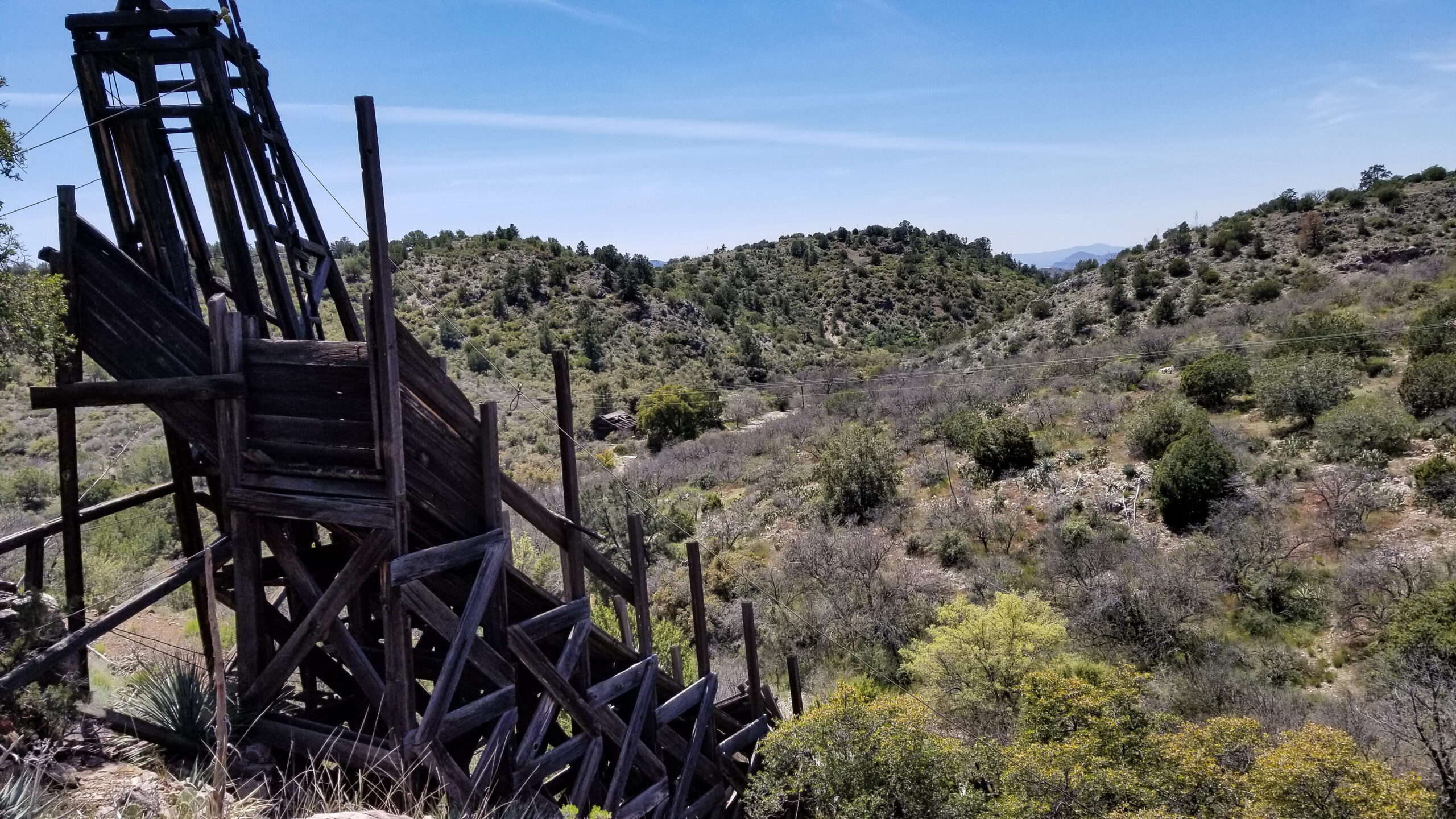Your cart is empty
West Sedona Designated Dispersed Camping and Day-use Areas
Sedona, Arizona – In January of 1999, the Coconino National Forest supervisor issued Forest Order 04-99-02R prohibiting dispersed camping and campfires around the city of Sedona on approximately 53,000 acres of public land in Yavapai County, Arizona. That forest order doesn’t expire until December of 2023.
Additionally, The current Coconino National Forest Travel Management Plan signed on September 28, 2011, and shaped by public input, provides a general rule for dispersed camping. The plan allows vehicular travel 30 to 300 feet off established roads to utilize dispersed camping sites. This rule has allowed public land users to lawfully establish small side trails used to access dispersed camping and parking areas. However, the Coconino National Forest now deems these roads illegitimate.
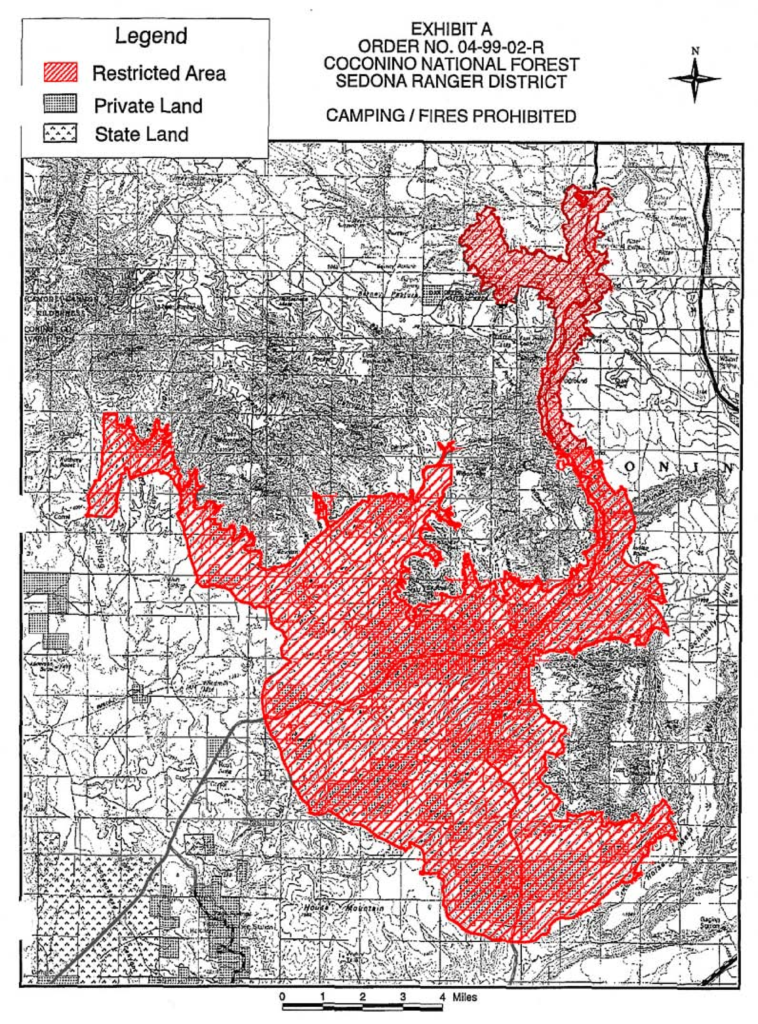
New Forest Order prohibits dispersed camping on an additional 31,407 acres of public land
The Coconino National Forest published a scoping letter seeking comments from key stakeholders concerning the closure of dispersed camping on an additional 31,407 acres of public land for a total of approximately 84,000 acres around the Sedona area. Cooperating agencies included the cities of Sedona and Cottonwood, Arizona Game and Fish, the Yavapai County Sheriff’s Department, and twelve other unknown “stakeholder groups.”
This new proposal will limit dispersed camping to eight designated areas which the forest service claims can accommodate 150-200 campers and consists of 38.28 acres. That is a 99.9% reduction in dispersed camping opportunities in the project area. The designated areas will have no occupancy limit, no fees, and provide dispersed camping on a first come, first serve basis.
The roads will be lined with boulders to prevent public land users from using existing dispersed campsites that leave the main camping corridor. Most of these roads are simple loop trails that leave the main road no more than a couple of hundred feet as allowed by the current Travel Management Plan. They are legitimate and lawfully created campsites that define the very idea of dispersed camping.
Thirteen miles of dispersed camping corridors in the project area will be closed. All camping corridors affected by the forest order are County maintained rights of way under cooperative agreements and are accessible by anybody with a passenger car.
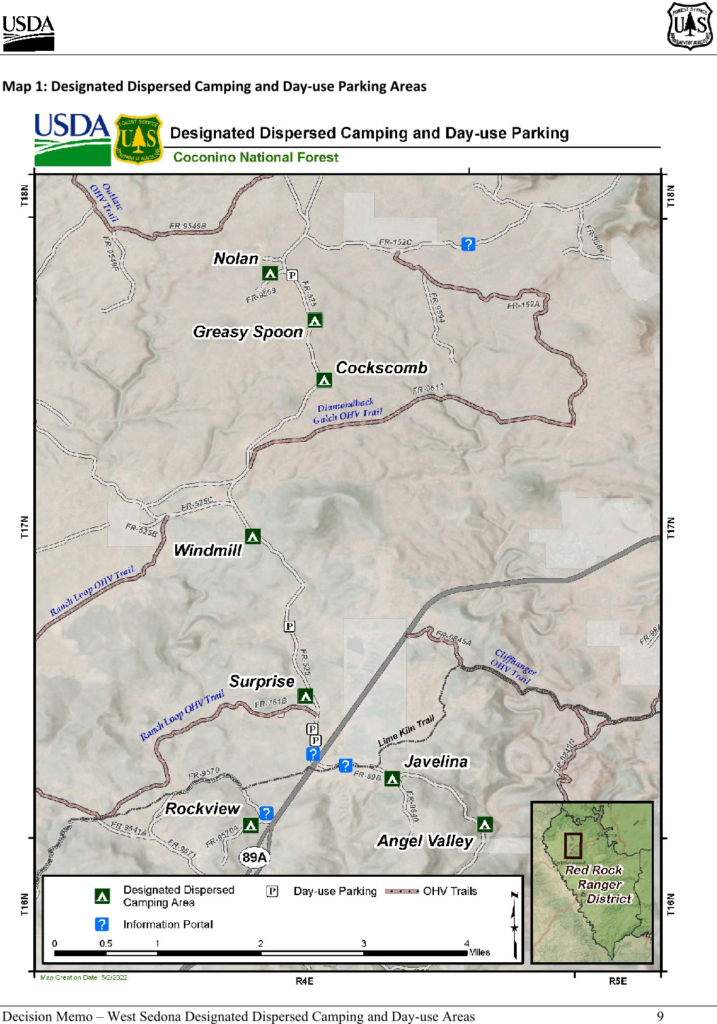
In addition to dispersed camping restrictions, this forest order will prohibit campfires throughout the entire 31,407-acre area. No campfires will be allowed outside of the eight designated camping areas.
All of the above restrictions will apply to the area depicted in red on the map below. This also includes dispersed camping and a permanent fire ban along multiple other forest roads within the area.
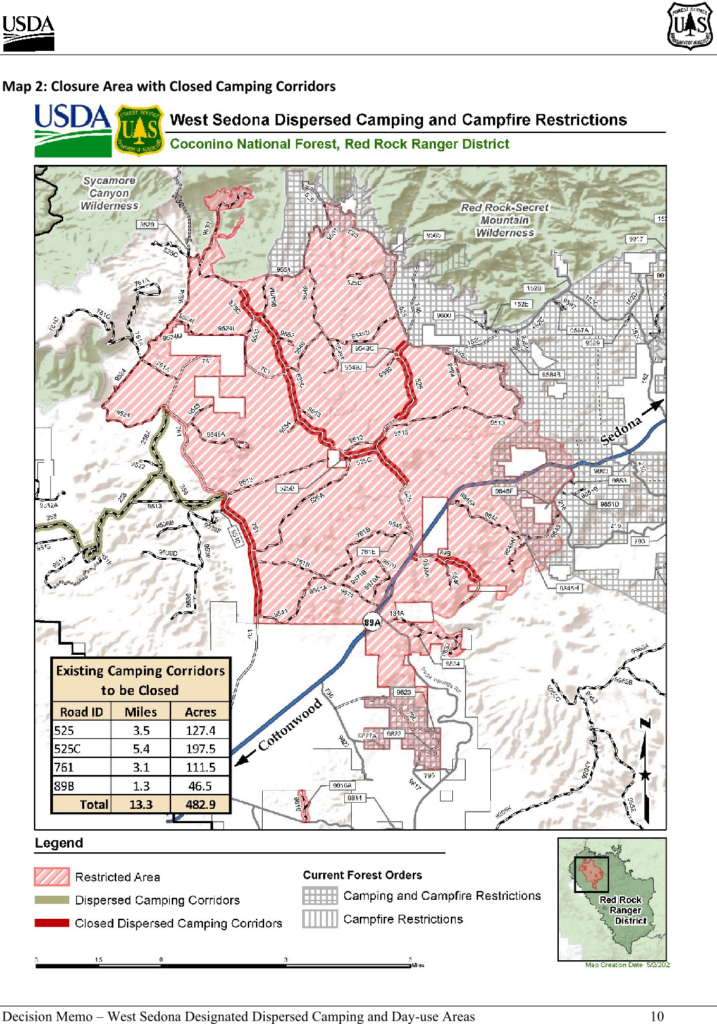
No effort to consider input from the public.
The Coconino National Forest claims that no major federal action is taking place and therefore has asserted a Categorical Exclusion. Meaning, that no public participation process is necessary. They made no effort to inform or engage members of the public who use these camping areas, including active mining claims and recreation users. There was no NEPA process and no publication in the Federal Register or the Arizona Capital Times.
On August 23, 2021, the Coconino National Forest consulted 75 people at a Sedona Chamber of Commerce event concerning camping restrictions around Sedona. The Sedona Chamber is also a key player in the current push to close motorized access to popular forest roads around Sedona. The Sedona Chamber of Commerce has taken an anti-access approach to issues on public lands around Sedona while displaying major animosity towards public land users in City Council meetings.
Likewise, the Chamber, the City of Sedona, and other anti-access groups are targeting 4×4 business and Airbnb rentals in Sedona, while Sedona City Council members equate the desired outcome to regulations on adult sex shops. The Chamber and the City of Sedona want to regulate 4×4 and AirBnB businesses with zoning and business licensing. If successful, it would be a clear violation of the Contract Clause enumerated in Article 1, Section 10 of the US Constitution, and Article 1 Section 25 of the Arizona Constitution.
Coconino National Forest argues a NEPA process will be considered once boulders are placed along existing roads to block frequently used campsites. We have requested that the Coconino National Forest notify us of all policy proposals concerning roads and dispersed recreation, including the Sedona area. We will be sure to notify our readers once these proposals are available for public participation.
The result of unintended consequences
In the decision memo, the Coconino National Forest claims the purpose and need for this project is to reduce overuse of the National Forest, address sanitation issues, and reduce trespassing on private land. However, they failed to provide any basis for these claims.
In the Decision Memo, the Coconino National Forest makes vague claims such as, “The recent increase in recreational use has resulted in resource damage including loss of vegetation cover and native plants, introduction of invasive plants, and disruption of wildlife,” with no scientific data or rationale to validate their claims.
There is no denying that recreation use is increasing in the Sedona area and across the state. Visitors come from all over the world to enjoy the beautiful world-renowned red rocks of Sedona and need adequate accommodation. An increase in outdoor recreation should be expected.
In return, federal land managers should expand facilities to accommodate users visiting popular attractions like the red rocks of Sedona. Instead, there have been very few improvements to public land facilities in over 50 years due to a lack of funding and environmental concerns taking precedence over land use rights.
The Forest Order from 1999 has concentrated public land users in the remaining areas outside of its boundaries that are now facing closure. This new Forest Order, proposed permit entry systems for popular forest roads, and the city of Sedona’s disdain for Airbnb rentals will exacerbate these problems. Users will be pushed out of the sedona area and into Cottonwood and elsewhere. As a result, a larger area over several decades is affected by overuse and closure.
Related: Prescott National Forest is proposing to limit dispersed camping to designated areas in the Verde Valley.
Motorized users can not ignore the issues in Sedona.
As we’ve talked about before on several occasions, RS 2477 is a property right granted to the states by the US Congress that recognizes a fundamental human right to travel across the earth. It’s a servitude imposed on the underlying landowner (the servient estate) by the state (dominant estate) on behalf of We The People. State law (ARS 37-931) determines the recognition, validity, and management of RS 2477 rights of way, and the Attorney General’s Opinion I17-005 (R15-014) describes the extent of the County’s authority over RS 2477 rights of way.
These roads fall under Revised Statue 2477 and ARS 37-931 which require a formal process by the County. Yavapai County ordinance 2020-5 requires a permit to encroach on a public right of way. Such a permit is valid for only 30 days and failure to comply is a crime carrying a class 1 Misdemeanor and punishable by up to a $1,500 fine and 6 months in jail. The ordinance allows the county to remove any encroachments and recover the costs associated with doing so.
Over the past several months, many issues have arisen in the Sedona area concerning OHV use in the Coconino National Forest. Residents are complaining about loud noises and dust. Arguments include tree mortality from a lack of photosynthesis from dust clouds while completely ignoring dust abatement chemicals that are known to cause high nitrogen in the soil and tree mortality along roads.
Other arguments include aggressive driving, camping longer than 14 days, and trespassing on private land. All of which are illegal under current Arizona law.
The answer to these problems is very simple. Enforce existing state laws and hold people accountable for their actions, but that is easier said than done. We have a major crisis with a lack of law enforcement in the Arizona backcountry, and it’s starting to show. The local sheriff’s department does not have the funding to hire additional law enforcement and thus we should seek an Appropriations bill in the state legislature for each County Sheriff for this exact purpose. In addition, we should rearrange policy at the county level that will both defend the county’s Revised Statute 2477 property rights, and alleviate negative impacts on the servient estate.
Fact: The City of Sedona Police Department can exercise its extraterritorial jurisdiction under ARS 9-463.04, which allows city law enforcement to exert jurisdiction up to 3 miles outside of the official city boundary.
We all pay the consequences of the actions of a few
Although UTVs are the focus of the problems around Sedona, all public land users will be affected by the city’s push to end dispersed camping, permit the use of popular forest roads, destroy 4×4 businesses, and limit Airbnb rentals. The city of Sedona and their workgroup called The Red Rock OHV Conservation Crew (RROCC), are using the Arizona State Parks and Trails administrative definition of OHV, which includes all vehicles that are capable of driving off of improved roads. This includes UTVs, ATVs, motorcycles, and registered motor vehicles.
We fully oppose any further restrictions and 100% support additional law enforcement to hold bad actors accountable, investigate criminal activity, and enforce existing state law. The only one which is necessary and adequate does not involve closures. New changes to the state’s OHV fund will double the Arizona Game and Fish law enforcement officers from 7 to 14 and many are hopeful it will alleviate some of these problems across the state. However, we don’t think it will make a dent.
We must be aware, that anti-access groups are gaining massive traction in the local political sphere.
Please Take Action
We ask that you contact the political representatives from legislative district 6, County Board of Supervisors and the County Sheriff by using the contact form and pre-written email that we have provided below.
We are requesting the county enforce current Arizona Laws and oppose the encroachment by the federal government on public rights of way according to state and federal law, and county ordinance.
Comments to Yavapai County on Coconino NF Forest Order to restrict camping
Tags:
We Need Your Help To Keep Our Backroads Open!
Please become a member today!




